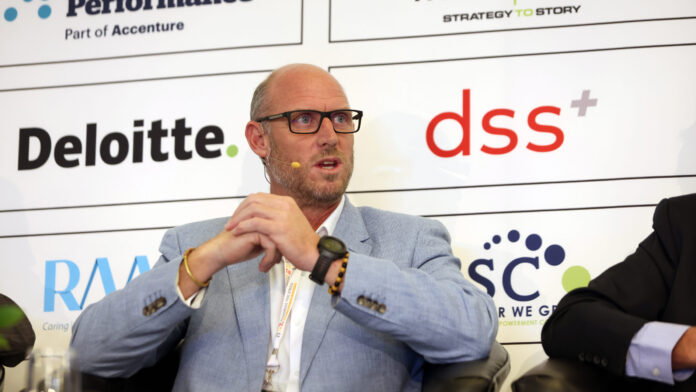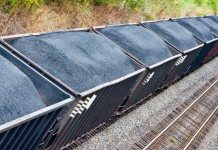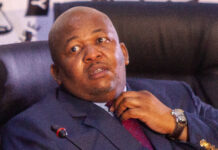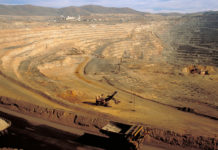
SIBANYE-Stillwater would like to increase its stake in its 50.1%-owned tailings miner DRDGOLD as it phases out gold production from its deep level mines.
“We normally focus on the three big three deep-level mines, and they’ll run their course,” said Richard Stewart, CEO of Sibanye-Stillwater in an interview. “They’ve got between four years and ten years left – Driefontein being the longest, and Beatrix three or four years [of mining left],” he said.
“We also have DRDGOLD. We obviously have the majority of that. That’s our asset. If anything, I’d like more exposure to DRDGOLD at some point in time,” said Stewart.
Sibanye-Stillwater has extended the operating lives of its major gold assets Kloof and Driefontein on the West Rand in the last 13 years, but they are showing signs of age. The firm twice changed production guidance this year, partly owing to seismicity at Kloof mine.
Sibanye-Stilwater’s latest gold output forecast for this year is between 480,000 to 514,000 ounces which compares to production of 1.3 to 1.4 million oz about 10 years ago.
Stewart says the group’s strategy is to grow its tailings reprocessing and surface production which includes the gold and uranium Cook assets in the far west of Johannesburg. There are also “quite a few shallow projects”, said Stewart. These include Burnstone, a mothballed R5bn project in Mpumalanga province.
Stewart’s predecessor, Neal Froneman told Miningmx in June that a decision on restarting Burnstone’s development was “just weeks away”. While Stewart was supportive of Burnstone, the group was studying options on a restart.
“That’s where my view is a little bit different,” he said on the sidelines of the Joburg Indaba conference this week. “It’s a phenomenal gold project: it’s a shallow, good gold project. But if you look at it holistically for the portfolio, when we look at our capital allocation, are there other ways to fund this?” he said. A partnership is a possibility, he added.
“So I can almost see a shift in our gold business in South Africa going from a pure deep-level, thin marginal, high-cost [business] to a smaller surface or shallow gold business that is much higher margin, much more sustainable,” said Stewart.
There will also be changes in the group’s portfolio. Sandouville, Sibanye-Stillwater’s sally into nickel production, is to be put on care and maintenance.
“I think we can simplify the portfolio a little bit, for sure,” said Stewart. “I wouldn’t come in right now and say exactly what I think [but] there’s room to simplify. We’ve also got some projects and other potential areas that I don’t think we would see as core going forward.”
Stewart is set to preside over a significant year-on-year improvement in Sibanye-Stillwater’s balance sheet and profitability when it reports its 2025 numbers in February. In line with the group’s dividend policy, a payout is also in the offing. That is thanks to a barnstorming recovery in platinum prices since May – up 84% this year – and the gravity-defying performance of gold.
“I would like to get our gross debt down,” said Stewart. “I’d like to pay dividends, and I would like to invest in the most quality growth opportunities.”










